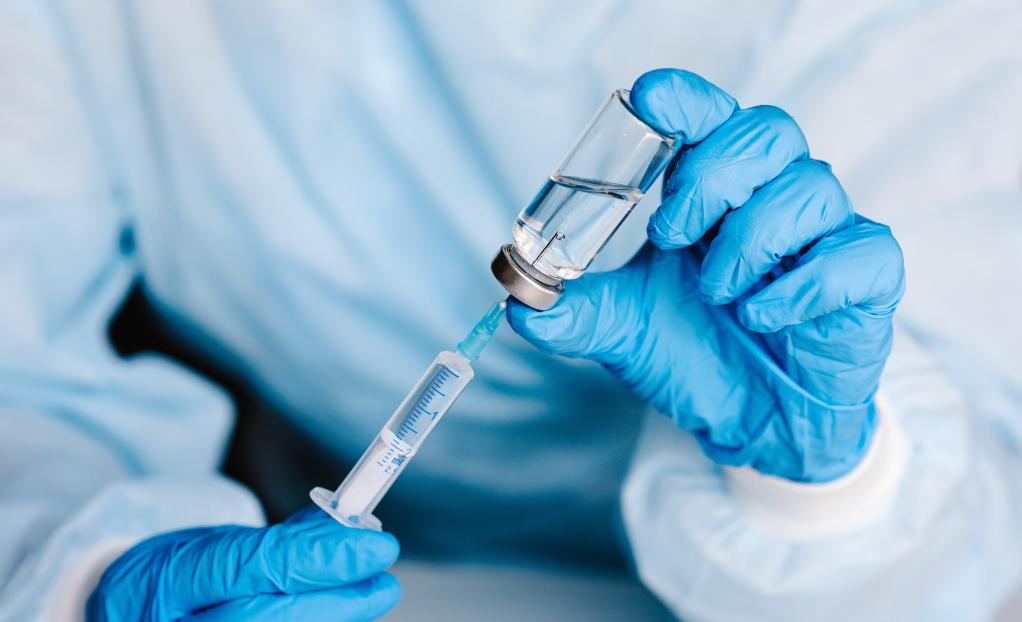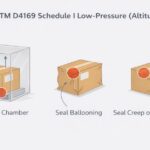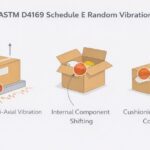For developers of injectable combination products and prefilled syringes, sterilization is more than a final step. It plays a direct role in regulatory review, product safety, and time-to-market. Yet, for something so critical, many OEMs still struggle to find sterilization partners who can support them with the level of control and compliance that regulators expect.
One reason for that? Very few providers are certified by the FDA’s Center for Drug Evaluation and Research (CDER) to perform this type of sterilization [1].
What Is CDER, and Why Does It Matter for Sterilization?
CDER is the branch of the FDA that evaluates the safety and quality of drug products, including how sterile components are processed [1]. For products like prefilled syringes, prefilled vials, and drug-device combinations, sterilization must meet FDA standards for validated process control, traceability, and sterility assurance.
A CDER-certified sterilization provider has been reviewed and approved to support these requirements. For OEMs, that certification signals that a partner’s processes are designed not only to sterilize effectively but also to meet the regulatory expectations tied to injectable products.
This distinction becomes even more important when sterilization data is submitted as part of an IND or NDA. The partner’s ability to provide defensible protocols and documentation can directly impact the success of regulatory submissions and inspections.
The Value of Capacity You Can Actually Access
Even when OEMs find a CDER-certified sterilization partner, getting time on the schedule can be another challenge. For teams working on injectable or combination products, delays in sterilization can disrupt submission timelines, push back production runs, and introduce additional risk during critical phases of development.
At LSO, our in-house 74 ft³ (2.1 m³) chamber is validated for both liquid and porous loads and supports a wide range of sterile components, including stoppers, glass vials, prefilled syringes, and combination assemblies. But what sets our sterilization services apart isn’t just the equipment—it’s how we manage it. We maintain scheduling flexibility and dedicated capacity to support both early-phase and commercial programs, aligning cycles with project timelines to keep critical milestones on track. Our adaptable approach allows us to scale with your needs and respond quickly to changes in demand.
This availability becomes even more valuable when paired with our end-to-end capabilities. Because sterilization can be integrated with packaging, testing, cleanroom assembly, and fulfillment, we reduce vendor handoffs, accelerate the overall path to market, and maintain tighter control over quality and documentation.
Why In-House Expertise Matters
Sterilization of drug-contacting components isn’t just about setting the right temperature and time. It’s about aligning the entire process—from bioburden assessment to packaging configuration—with FDA expectations for sterility assurance.
At LSO, our in-house Microbiologists and Validation Engineers work directly with OEMs to design, document, and execute sterilization protocols that hold up to regulatory scrutiny. This includes supporting bioburden testing strategies, identifying critical process variables, in-house biological indicator (BI)testing, and preparing documentation that integrates into regulatory submissions.
For combination products, the stakes are even higher. Delivery systems, materials, and end-use scenarios all influence how sterilization should be approached. In-house expertise allows us to adapt protocols in real time, identify potential gaps before they become issues, and keep programs moving without back-and-forth between vendors.
The FDA’s Guidance for Industry: Sterile Drug Products Produced by Aseptic Processing outlines clear expectations for sterilization validation, including equipment qualification, bioburden control, and documentation of sterility assurance [4]. Having a technical team that knows how to meet those expectations can reduce delays—and the risk of rework—when it matters most.
Supporting the Full Commercialization Pathway
Sterilization rarely happens in isolation. It often intersects with packaging, testing, and product handling. LSO provides additional in-house services that support this workflow, including package validation, seal integrity testing, cleanroom assembly, kitting, labeling, and final fulfillment.
By keeping these services under one roof, we help reduce vendor coordination, accelerate timelines, and maintain consistent quality control across the production process.
Final Thought
Finding a CDER-certified sterilization provider is difficult. Finding one with open capacity and technical support is even rarer. For OEMs working on injectable or combination products, having a partner who can meet regulatory standards and move quickly is not a convenience—it’s a requirement.
Sources:
-
U.S. Food and Drug Administration. About the Center for Drug Evaluation and Research (CDER). https://www.fda.gov/about-fda/center-drug-evaluation-and-research-cder/about-center-drug-evaluation-and-research-cder
-
U.S. Government. 21 CFR Part 210/211 – Current Good Manufacturing Practice for Finished Pharmaceuticals. https://www.ecfr.gov/current/title-21/chapter-I/subchapter-C/part-211
-
U.S. Pharmacopeia. USP <1229> Sterilization of Compendial Articles. https://www.usp.org/harmonization-standards/pf/general-chapter-1229
-
FDA. Guidance for Industry: Sterile Drug Products Produced by Aseptic Processing – Current Good Manufacturing Practice. https://www.fda.gov/media/71026/download





